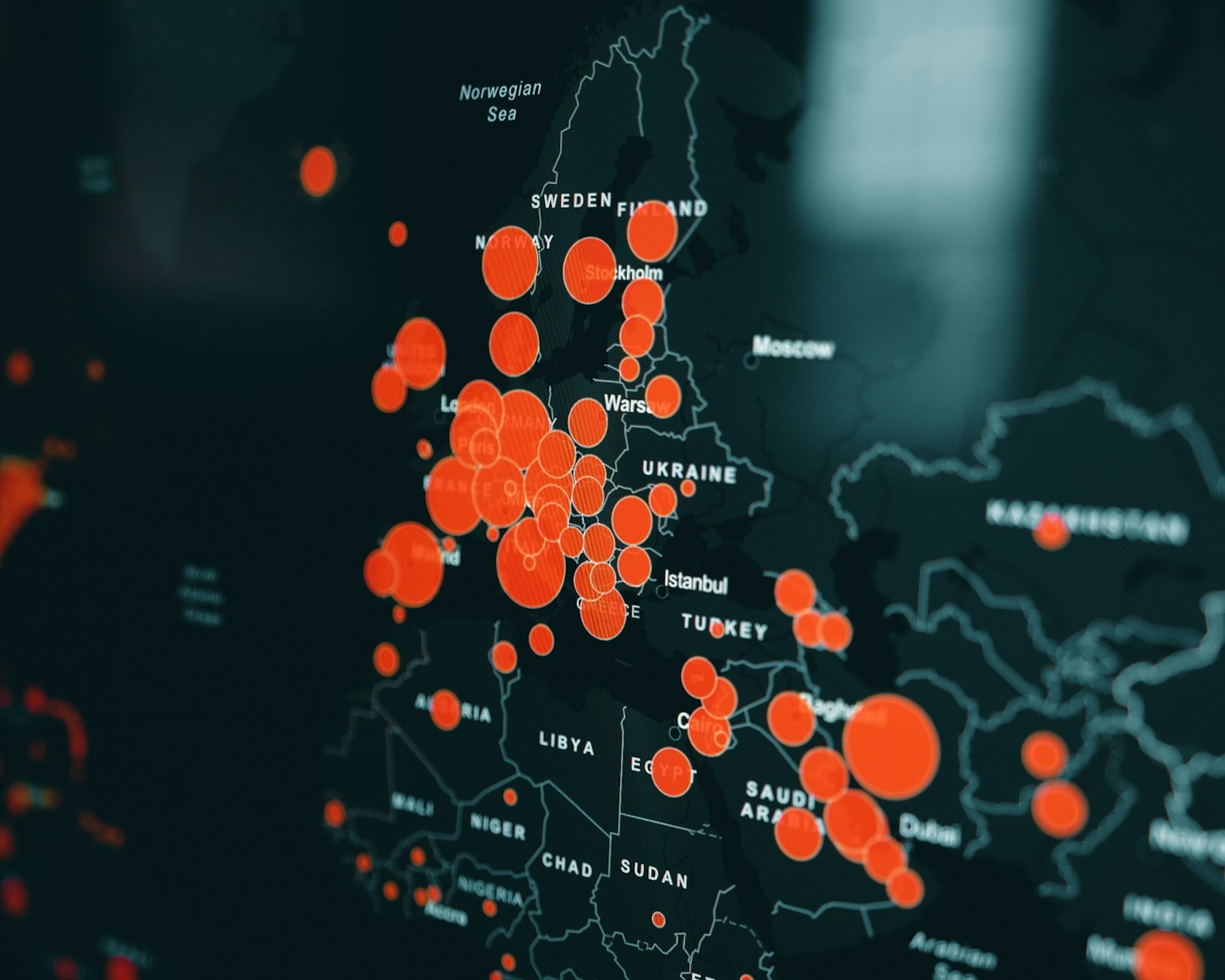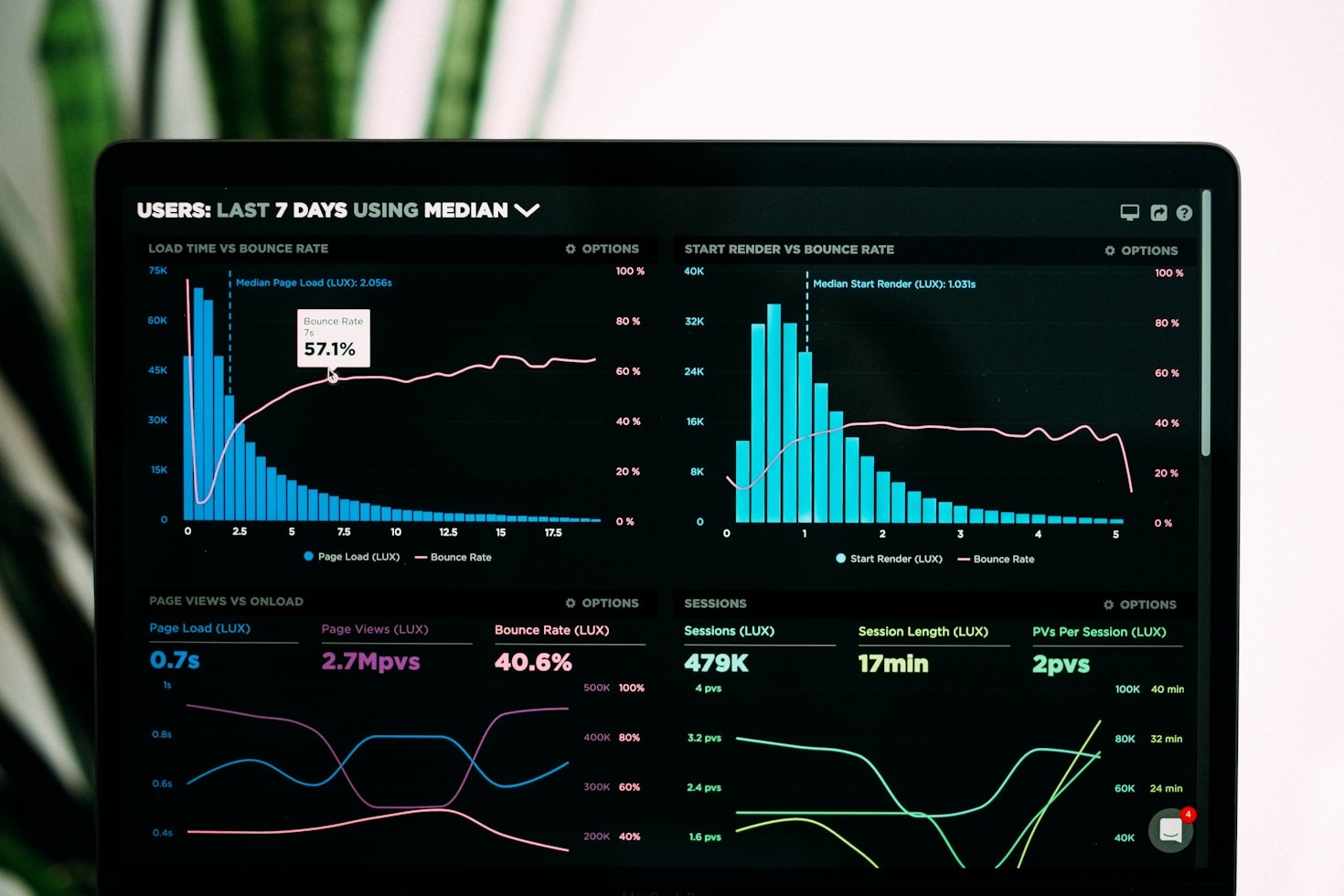Its a fair question you ask. You think about the concept and maybe you even roll your eyes. The idea of sitting down and visualizing seems stupid to you. However something to realize is whether or not your aware of it your constantly visualizing anyway. I tell you this to tell you that you can let go of feeling like an idiot trying something new. When you go into work you percieve how the day is going to go and some of that is based on certainty but it is still visualization.


You might be wondering, “If I’m already visualizing all the time, why bother doing it on purpose?” The thing is, when your mind just runs on autopilot, it usually focuses on the same old worries, doubts, and what-ifs. That’s still visualization, but it’s not helping you. The real difference happens when you take control and guide those mental images yourself. Intentional visualization isn’t about pretending everything’s perfect. It’s about training your mind to focus on what you actually want. It’s like switching from just reacting to actually creating something that can change how you face your day and, over time, with the right amount of action, your life turns out better.
Do it anyway!
In truth, visualization isn’t some vague new age gimmick. It’s a natural aspect of how your mind works and processes day to day events and future ones . The key is learning to use it intentionally to focus on the outcomes you want instead of letting your thoughts get stuck in old patterns of fear or doubt. When you practice guiding your mental images with purpose, you’re not just imagining a better day. Visualization plants a seed for you to understand its possible. So take a moment to try it for yourself. Notice what you picture and then start shaping those pictures toward what you truly want to achieve.
Finally, I want to say this won’t always feel easy. It’s normal to feel hesitant or unsure about visualization and how much it can help. But without action, these mental tools don’t do much. Visualization is just the first step to focus your mind and get motivated, but you still have to put in the work.
At first, your goal might feel vague or hard to picture clearly. But as you spend time thinking about it, learning what it takes, and taking small steps toward it, that vision becomes more real and reachable. The more you act on it, the easier it is to believe in.
So don’t worry if it feels tough at first. The real power comes when you combine clear visualization with action. That’s when your thoughts start turning into results. Its not pseudo science its










